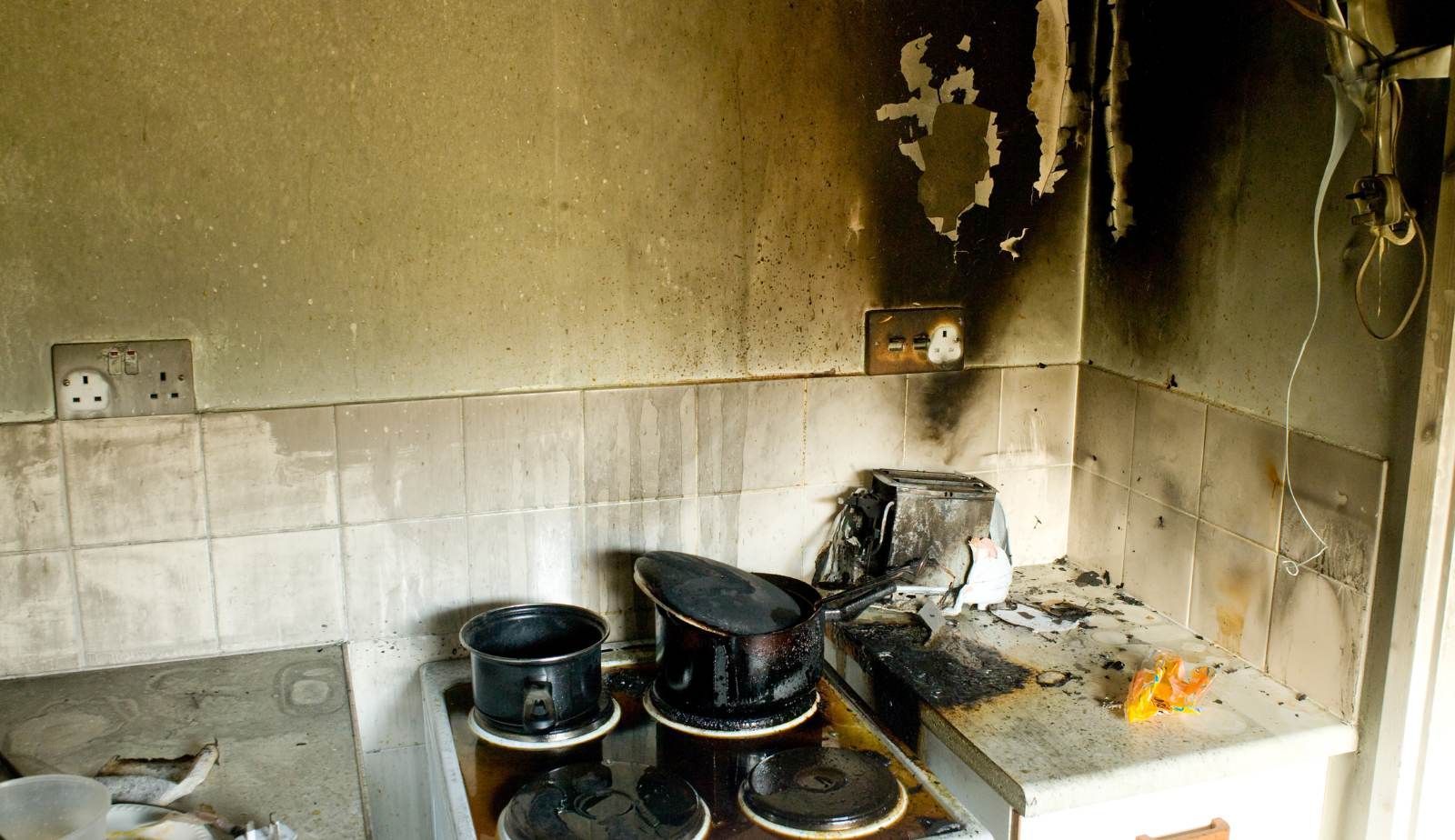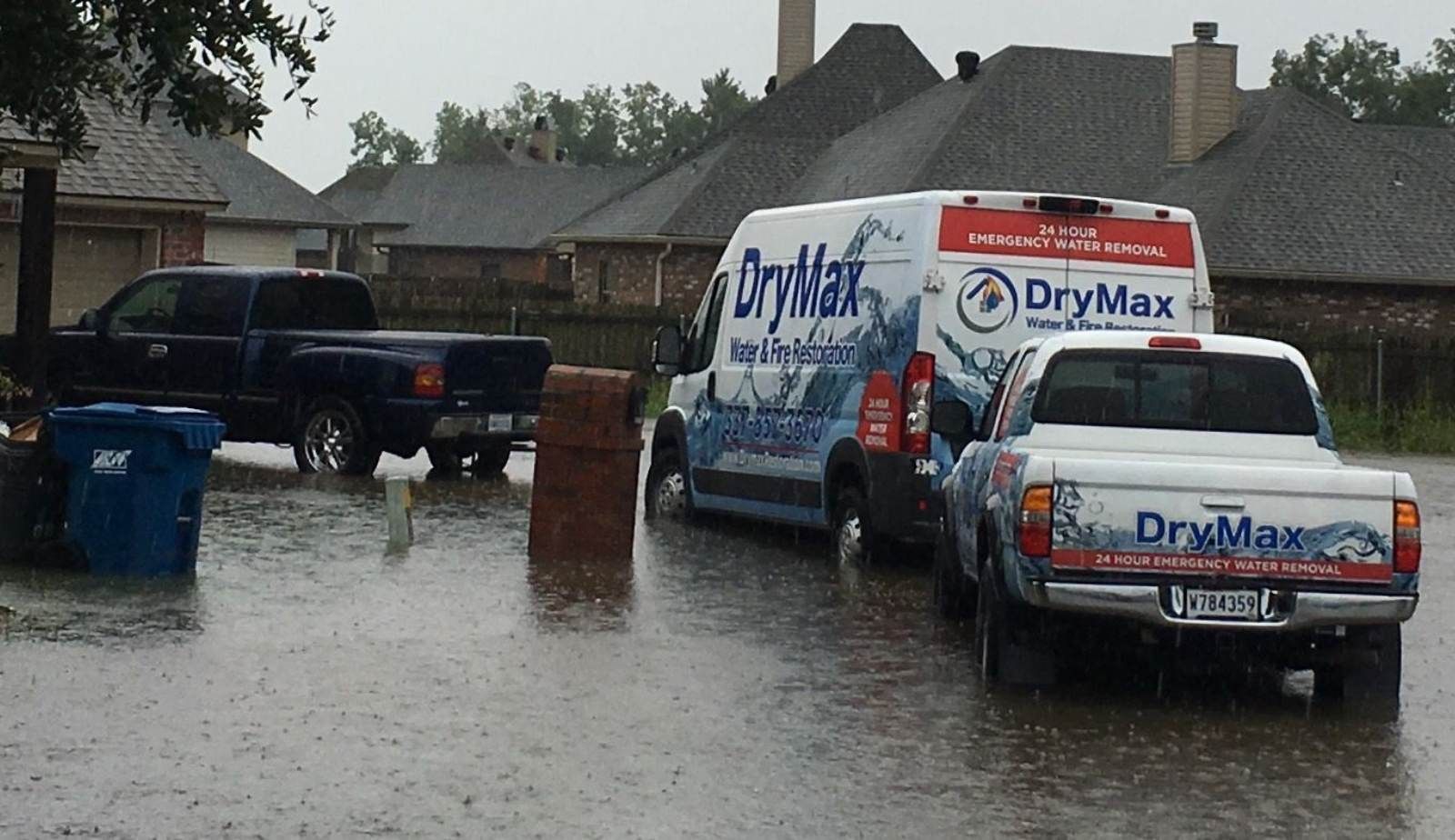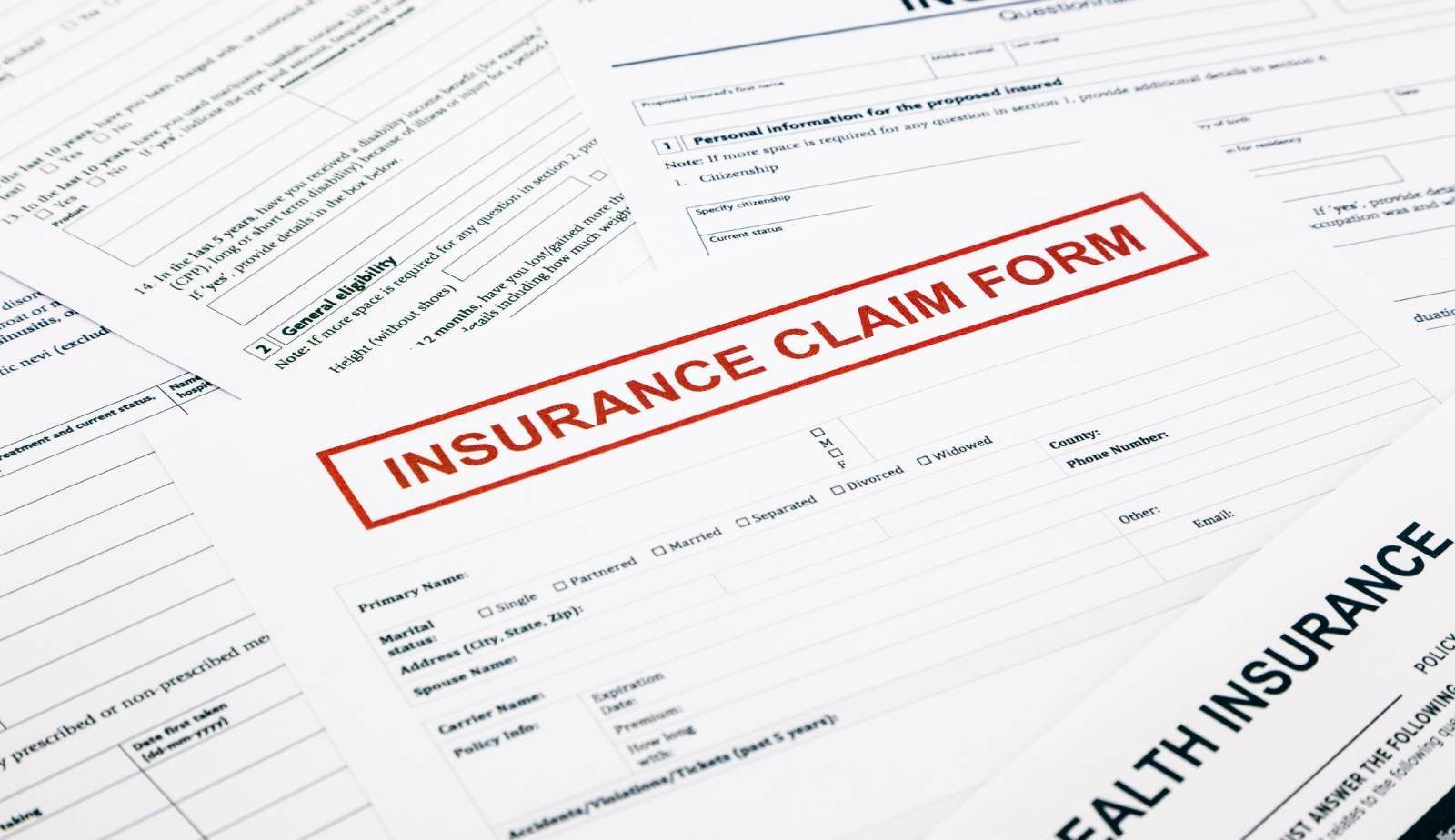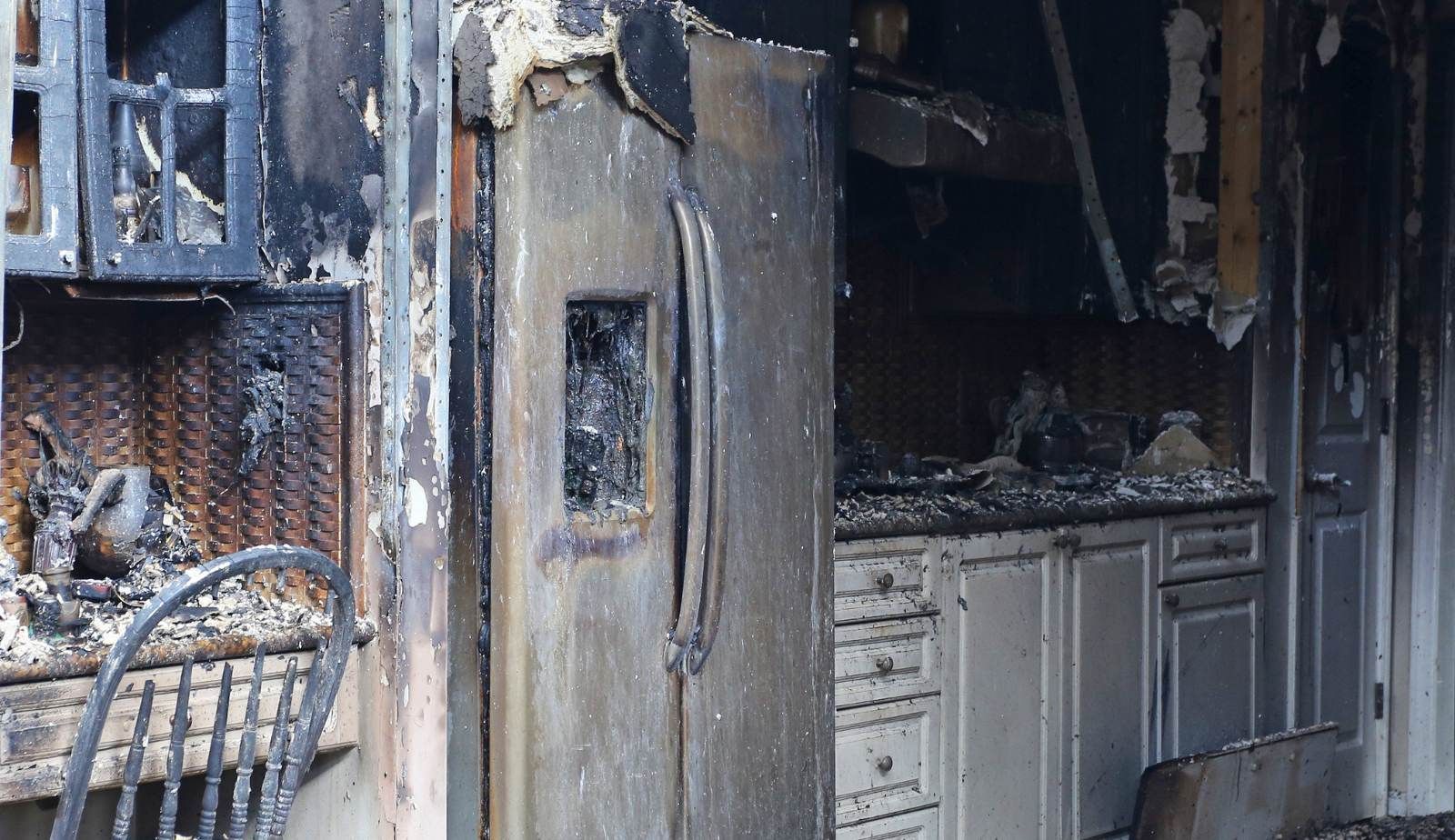What Smoke Damage Can Do to Your Home’s Air Quality: Drymax Louisiana Guide
Smoke damage poses significant threats to a home’s air quality, often lingering long after the flames have been extinguished. When a fire occurs, harmful particles and volatile organic compounds (VOCs) are released into the air, compromising both the comfort and safety of the living environment. Effective remediation is crucial to ensure clean and healthy air, which is essential for the well-being of residents.
Soot and smoke particles can infiltrate HVAC systems, contaminating the air that circulates throughout the home. These pollutants are not only difficult to remove but can also lead to respiratory issues and other health concerns over time. Understanding the full extent of smoke damage is key to addressing these hidden hazards and restoring air quality to a safe level.
Fortunately, specialized restoration services, like Drymax Louisiana, are equipped to tackle the challenges posed by smoke damage. With advanced techniques and thorough cleaning methods, they focus on both visible and invisible damage, helping homeowners regain a safe and comfortable indoor environment.
How Smoke Damage Impacts Your Home’s Air Quality
Smoke damage can severely impact indoor air quality, introducing harmful particles and persistent odors into a living space. Understanding how these elements penetrate the home is crucial for effective remediation and maintaining a healthy environment.
Penetration of Smoke Particles and Odors
Smoke consists of fine particles that can remain suspended in the air for extended periods. These particles, often classified as PM2.5, can penetrate deep into the lungs when inhaled.
Smoke also carries a variety of volatile organic compounds (VOCs) that contribute to persistent odors. Once smoke particles settle on surfaces, they release toxins over time, impacting air quality. Common areas affected include:
- Walls and Ceilings: Smoke damage can create visible stains, but the more significant issue is the residual odor.
- Fabrics and Upholstery: Curtains, carpets, and furniture can absorb smoke particles, making odor removal challenging.
Effects on Indoor Air Quality
The presence of smoke and its byproducts can lead to various health issues. Indoor air quality deteriorates when smoke chemicals such as carbon monoxide, formaldehyde, and benzene infiltrate the air.
These substances can cause respiratory irritation and exacerbate pre-existing conditions like asthma.
Effects to be aware of include:
- Chronic Coughing: Prolonged exposure can lead to persistent respiratory problems.
- Allergic Reactions: Smoke can exacerbate allergies, causing symptoms such as sneezing and eye irritation.
Monitoring indoor air quality becomes essential after any incident involving smoke to prevent health risks.
Air Circulation and Smoke Spread
Air circulation plays a critical role in how smoke spreads throughout a home. HVAC systems can inadvertently transport smoke particles from one room to another, amplifying the problem.
When smoke enters the ducts, it can cling to surfaces, releasing odors even long after the initial incident. Proper air filtration becomes crucial in managing this.
To improve air quality, consider:
- Replacing HVAC Filters: This prevents recirculation of contaminated air.
- Using Air Purifiers: High-quality purifiers can capture fine smoke particles, aiding in clean air restoration.
Taking these steps can help minimize the longstanding impacts of smoke damage on indoor air quality.
Types of Smoke Damage and Their Effects
Understanding the different types of smoke damage is crucial. Each type can affect the air quality in a home significantly, with specific challenges associated with their residues.
Dry Smoke vs. Wet Smoke
Dry smoke typically results from high-temperature fires involving materials like paper and wood. This type produces a fine, powdery residue that can easily infiltrate small crevices. Its removal is often less complex, as it tends to respond well to vacuuming and specialized cleaning agents.
In contrast, wet smoke arises from low-temperature, smoldering fires, frequently involving plastics. This produces a sticky, smeary residue that is more challenging to clean. The strong, lingering odors associated with wet smoke can also permeate furniture and fabrics, complicating the restoration process. Understanding these differences informs appropriate cleanup methods.
Smoke Residue and Its Challenges
Smoke residue is not only unsightly but also can pose health risks. There are various types of residues, including dry, wet, and protein residues from cooking fires. Each type interacts differently with surfaces and can lead to long-term damage.
Residues can etch glass, tarnish metal, and discolor paint. For example, acidic soot particles can corrode metals and fabrics over time. Removing these residues is essential for maintaining indoor air quality. Specialized cleaning solutions and techniques may be necessary to effectively neutralize these residues and restore affected areas.
Impact of Different Smoke Sources
The source of smoke directly influences the type of damage experienced. For instance, kitchen fires typically produce protein smoke, which creates odors that linger for extended periods. This type of smoke may not visibly mark surfaces but can severely compromise air quality.
Fires involving synthetic materials often lead to wet smoke, which can emit toxic fumes. These may pose significant health risks and necessitate highly specialized cleaning techniques. Knowing the source of smoke helps in choosing the appropriate remediation strategy. A tailored approach ensures that air quality is restored effectively, allowing occupants to return to a safe environment.

Lingering Odor and Hidden Contaminants
Smoke damage extends beyond visible stains and fire damage, significantly impacting air quality through persistent odors and hidden contaminants. The lingering smell of smoke can infiltrate various surfaces, while smoke residue remains trapped within structures, posing health risks and complicating cleanup efforts.
Odor Penetration in Surfaces
Smoke odor can deeply penetrate a variety of surfaces in a home, including fabrics, drywall, and wood. The unique composition of smoke particles allows them to attach to porous materials, creating a persistent odor that is difficult to eliminate.
Common surfaces affected include:
- Textiles: Upholstery, curtains, and carpets can absorb smoke scent, requiring professional cleaning or replacement.
- Walls and Ceilings: Smoke particles may cling to painted or unpainted surfaces, necessitating thorough washing or repainting for complete odor removal.
- Hard Surfaces: Wood or laminate flooring can retain smoke residue, which often requires special cleaning agents to fully address the odor.
Addressing these smells involves both removal and restoration techniques to ensure lasting air quality improvement.
Hidden Smoke Residue in Structures
Smoke residue consists of harmful particles that remain hidden within a home's structures after a fire. These residues can lead to elevated health risks due to toxic substances often found in smoke.
Key areas where residue might accumulate include:
- HVAC Systems: Smoke particles can infiltrate heating and air conditioning systems, circulating contaminants throughout the home.
- Insulation: Residual smoke can become trapped in insulation materials, complicating restoration efforts.
- Ductwork: Dust and soot can build up in ductwork, necessitating thorough cleaning to prevent ongoing odor and health issues.
Without proper inspection and remediation, these hidden contaminants can continue to affect air quality long after the visible damage has been addressed.
Health Risks Associated with Smoke-Impacted Air
Indoor air quality significantly declines when exposed to smoke damage. The presence of smoke particles can lead to various health issues, particularly affecting respiratory systems and those more vulnerable to air quality changes.
Respiratory Issues and Allergies
Smoke particles contain harmful chemicals and toxins that can exacerbate respiratory problems. Individuals inhaling these particles may experience persistent coughing, wheezing, and increased asthma attacks.
The fine particulate matter (PM2.5) found in smoke can penetrate deep into the lungs, causing inflammation and irritation.
Common symptoms from smoke-impacted air include:
- Shortness of breath
- Difficulty breathing during physical activity
- Increased respiratory infections
These effects can persist even after the visible smoke has dissipated. Prolonged exposure may lead to chronic bronchitis and impaired lung function.
Thirdhand Smoke Exposure
Thirdhand smoke refers to the residual chemicals left behind after smoke exposure. It can cling to surfaces and fabrics, continually releasing harmful particles back into the air.
This creates long-term air quality issues, especially in homes affected by fire or near wildfire areas.
People can unknowingly absorb thirdhand smoke by:
- Touching contaminated surfaces
- Inhaling particles from fabrics or walls
- Using HVAC systems that have not been adequately cleaned
The presence of thirdhand smoke makes it crucial to thoroughly address smoke damage during restoration efforts.
Vulnerable Populations
Certain groups are at heightened risk for health complications due to smoke-impacted air. This includes children, the elderly, and those with pre-existing health conditions.
Children are particularly sensitive, as their lungs are still developing. They may experience more severe respiratory symptoms and allergies.
Elderly individuals may have weakened immune systems and pre-existing respiratory disorders, making them more susceptible to the effects of smoke exposure.
Additionally, anyone with chronic conditions such as asthma or COPD faces increased risks when smoke particles compromise indoor air quality.
Understanding these health risks is vital for effective prevention and remediation strategies.
Restoration Solutions for Smoke-Damaged Air Quality
Restoring air quality impacted by smoke damage involves a series of systematic approaches. These methods ensure a thorough recovery of the indoor environment, focusing on assessment, advanced cleaning, and effective odor removal.
Professional Restoration Assessment
A comprehensive assessment by professional restoration services is crucial for addressing smoke-damaged air quality. This process begins with air quality testing, where specialists use particulate meters and air sampling to identify harmful soot and smoke particles.
They evaluate HVAC systems to determine if smoke residues are contaminating the air circulation. Structural inspections follow, assessing the integrity of walls and ceilings, while also noting any potential health hazards. Documentation of damages is essential for insurance claims and facilitating proper restoration efforts.
Advanced Air Cleaning Methods
Advanced air cleaning methods play a vital role in smoke damage restoration. Air purifiers equipped with HEPA filters are effective in capturing fine particles and allergens that linger in the air.
Negative air pressure machines create a controlled environment that prevents soot from spreading during the cleanup. Additionally, ozone generators can be employed to neutralize lingering smoke odors at the molecular level, although they require temporary evacuation due to safety concerns. Regular use of air scrubbers also helps cleanse the air, improving overall indoor air quality.
Smoke Odor Removal Techniques
Removing smoke odor involves several targeted techniques to ensure effectiveness. Thermal fogging is a professional method where a heated deodorizing agent is dispersed to penetrate deeply into porous materials.
This technique bonds with smoke particles, neutralizing odors efficiently. In some cases, specialized chemicals may also be applied to surfaces to eliminate persistent odors. Furthermore, proper ventilation is essential during this process to minimize residual fog exposure. A combination of these methods ensures that the indoor environment regains its freshness and safety.
Key Equipment and Techniques Used in Air Quality Restoration
Restoring air quality in homes affected by smoke damage requires specialized equipment and techniques. Two essential methods are the use of air scrubbers and thermal fogging, both of which effectively eliminate contaminants and odors lingering in the environment.
Air Scrubbers and Filtration
Air scrubbers play a critical role in removing airborne particles and toxic substances after smoke damage. These devices use advanced filtration systems to improve indoor air quality.
Key features of air scrubbers include:
- HEPA Filters: Captures 99.97% of particles, including fine soot and dust, down to 0.3 microns.
- Activated Carbon Filters: Absorbs odors and volatile organic compounds from the air.
By cycling air through these filters, air scrubbers continuously clean the environment, making it safer for occupants. Using air scrubbers is essential for effective smoke damage restoration.
Thermal Fogging for Odor Control
Thermal fogging is an advanced technique used to neutralize stubborn odors from smoke. This method utilizes a heated deodorizing solution, which creates a fog that penetrates porous materials where smoke particles often settle.
The benefits of thermal fogging include:
- Effective Odor Elimination: The fog's particles can reach hidden areas, ensuring comprehensive deodorization.
- Non-invasive: It minimizes disruption during the restoration process.
This method is particularly useful for treating walls, carpets, and upholstery, making it an important component in air quality restoration following smoke damage.
Why Choose Drymax Louisiana for Smoke Damage Restoration
When dealing with smoke damage, it is essential to select a restoration service equipped with the right expertise and a commitment to the local community. Drymax Louisiana offers specialized solutions aimed at restoring air quality and overall safety in homes affected by smoke and soot.
Certified Technicians and Expertise
Drymax Louisiana employs certified technicians well-versed in smoke damage restoration. These professionals are trained to handle the unique challenges that smoke presents.
- Technical Training: Each technician undergoes rigorous training in advanced smoke damage restoration techniques. This training includes using specialized equipment designed to address smoke residue effectively.
- Customized Solutions: They assess the damage meticulously, ensuring that the appropriate restoration strategy is implemented. This tailored approach maximizes effectiveness in removing contaminants and improving indoor air quality.
- Health and Safety Focus: The team prioritizes the safety and health of residents. They not only restore the visible damage but also address hidden dangers posed by smoke particles lingering in the home, ensuring a comprehensive restoration.
Local Response and Community Focus
Drymax Louisiana emphasizes its commitment to serving the local community. Time is critical in smoke damage situations, and a local response ensures prompt service.
- Rapid Assessment: Being local allows Drymax to respond quickly to emergency calls, providing timely assessments and remediation. This rapid response is essential to prevent further damage and improve air quality.
- Community Engagement: Drymax actively participates in local initiatives, helping educate homeowners about smoke damage risks. They keep clients informed about best practices for maintaining indoor air quality post-restoration.
- Reliability and Trust: By focusing on the community, Drymax builds lasting relationships and trust with customers. Their reputation relies on delivering high-quality, professional restoration services tailored to the specific needs of Louisiana residents.

Frequently Asked Questions
Smoke damage can significantly affect indoor air quality in a home. Understanding how it impacts air quality, recognizing the signs, and knowing the necessary steps can help homeowners address this issue effectively.
How can smoke damage impact indoor air quality in a home?
Smoke damage introduces fine particulate matter and toxic chemicals into the air. These particles, often referred to as PM2.5, can penetrate deep into the lungs, causing breathing difficulties and other health issues.
What are the signs that your air quality has been affected by smoke damage?
Signs of compromised air quality include persistent odors, respiratory irritations, and visible residue on surfaces. People may also experience increased allergy or asthma symptoms after smoke exposure.
Are there long-term health risks associated with breathing air in a smoke-damaged home?
Yes, long-term exposure to smoke-damaged air can lead to chronic respiratory issues, cardiovascular problems, and other health complications. Prolonged inhalation of harmful substances can exacerbate existing health conditions.
What steps should homeowners take to assess smoke damage to air quality?
Homeowners should conduct a thorough inspection of their property, check ventilation systems, and monitor indoor air quality using reliable devices. Engaging professional services for air quality testing can provide accurate assessments.
Can professional cleaning services effectively restore air quality after smoke damage?
Professional cleaning services can effectively restore air quality, as they have specialized training and equipment. They can identify hidden sources of smoke damage and utilize advanced techniques to remove toxins and odors.
What air purification methods are recommended following smoke damage in a home?
Recommended methods include using high-quality air purifiers with HEPA filters, increasing ventilation through open windows, and replacing air filters in HVAC systems. These steps help in removing harmful particles and improving overall air quality.
You might also like
DryMax Restoration Blogs





